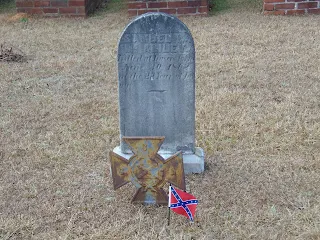Good evening fellow stargazers!
This evening I have a couple of good photos of the Constellations Orion The Hunter and his two dogs, the Constellations Canis Minor and Canis Major in the southeastern sky.
The first shot I outlined the constellations main stars -- all of which I managed to capture in the darkness of the night sky over three hours after sunset.
As I've mentioned before in previous posts, Sirius is the brightest star in the night sky, and the brightest non-planetary object in the sky dome after sunset. At a distance of 8.6 light-years (or 2.64 parsecs), Sirius is one of Earth's nearest neighbors. Sirius is actually a binary star system consisting of a main-sequence star, Sirius A, and a faint white dwarf companion star, Sirius B.
Procyon is the eight-brightest and makes up the smaller, two-star constellation, Canis Minor, the "Lesser Dog". Also a close neighbor relatively speaking, at a distance of just 11.46 light-years (or 3.51 parsecs) from our sun, Procyon is also part of a binary star system which consists of a larger star, Procyon A, in orbit with a faint white dwarf companion star, Procyon B.
According to some ancient mythology, Orion The Hunter is accompanied by his dogs in pursuit of Taurus The Bull through the night sky.
Both Procyon and Sirius, along with Betelgeuse in the Constellation Orion The Hunter, make up the Winter Triangle. The bright star Rigel and Aldebaran, along with Procyon and Sirius are four of the major stars that make up the Winter Hexagon. All of these are highlighted in my final photo.
I hope y'all enjoyed my photos for this evening, and as always keep your eyes to the night skies, y'all!



















































